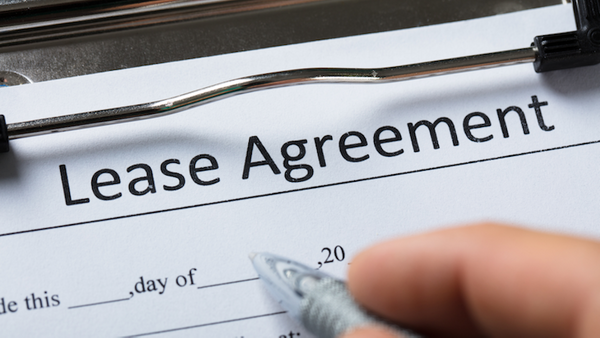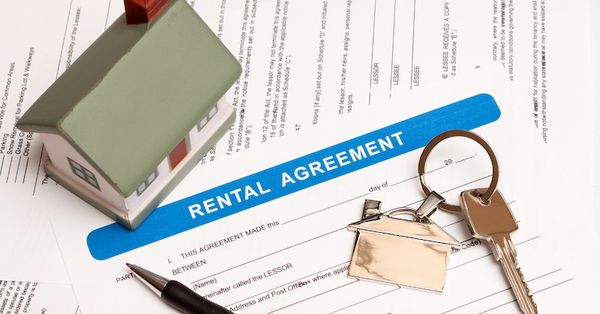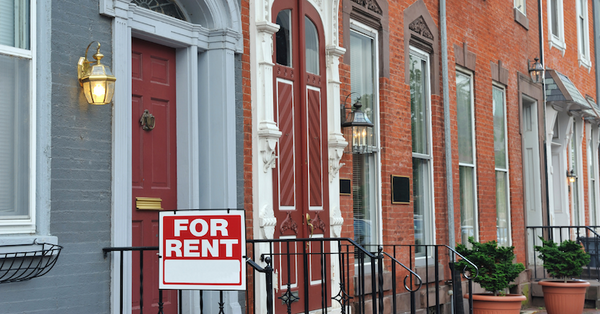For tenants and landlords alike, understanding the ins and outs of the rental world is crucial. One of the most commonly mentioned terms is the "30-day notice." But what does it mean, and why is it so important?
In this guide, we’ll delve into the 30-day notice to landlords, helping you navigate this crucial aspect of the tenant-landlord relationship.
What is a 30-Day Notice to Landlords?
At its core, a 30-day notice is a formal written document that a tenant provides to their landlord, signaling their intent to vacate the rented property within 30 days. Depending on the jurisdiction, this period might vary, but the 30-day window is a commonly accepted standard.
Why is a 30-Day Notice Necessary?
Fulfillment of Lease Terms
Many rental agreements or leases require tenants to provide notice before vacating the property, even if the lease is expiring. This clause ensures that landlords have ample time to find a new tenant, reducing potential income loss.
Avoiding Penalties
Not giving adequate notice can result in financial penalties for the tenant, such as forfeiting their security deposit or being charged an additional month's rent.
Maintaining Good Relations
Providing notice fosters a positive relationship between tenants and landlords. It exhibits responsibility and respect for the contractual agreement.
How to Write a 30-Day Notice to Landlords
Here’s a simple structure to follow:
1. Header
Your name, current address, date, and landlord's name and address.
2. Introduction
Clearly state your intention to vacate the property. Mention the property address and the date you plan to move out.
3. Body
Highlight your reasons for leaving (if necessary), ensuring you’re fulfilling the lease's requirements. Mention any walkthrough or final inspection dates.
4. Conclusion
Reiterate your move-out date and offer your new address for any future communications.
5. Signature
Sign the document to validate its authenticity.
Tips for a Smooth Transition
Open Communication
Always maintain open communication with your landlord. If there are issues, address them upfront rather than waiting for the last moment.
Document Everything
From the notice itself to any related emails or text messages, maintain a record. This can be crucial if any disputes arise later.
Fulfill Your Obligations
Ensure you've paid any outstanding rent, completed necessary repairs, or met other obligations outlined in your lease.
Know Your Rights
Every jurisdiction has different laws regarding tenant and landlord relations. Familiarize yourself with these to ensure you're not taken advantage of.
When Does the Countdown Begin?
One common query that often arises is, when exactly does the 30-day countdown begin? Generally, the countdown starts the day after the landlord receives the notice. So, if you deliver the notice on the 1st of the month, your 30 days would begin on the 2nd. However, it's essential to review local regulations, as some jurisdictions might have different rules.
What if I Need to Leave Sooner?
There are situations where a tenant might need to vacate a property sooner than 30 days. If you find yourself in this predicament, communication is key. Talk to your landlord about your situation. They might be understanding, especially if they can find a new tenant quickly. However, be prepared to bear any costs or penalties for breaking the terms of the lease.
Electronic Notices: Are They Valid?
In today’s digital age, it's tempting to send a 30-day notice via email or text. While some landlords might accept electronic notices, it's always safer to provide a physical copy. This ensures there's tangible proof of your intent to leave. Before sending an electronic notice, consult your rental agreement. Some contracts specifically require written notices delivered in person or via mail.
Can a Landlord Give a 30-Day Notice?
Yes, in many jurisdictions, landlords can also provide tenants with a 30-day notice. This can happen for various reasons like the landlord wanting to occupy the premises, planning renovations, or if the tenant has violated terms of the lease. However, landlords must also adhere to local laws and regulations, ensuring they don't infringe upon tenant rights.
Key Takeaways
1. Clarity is Vital
Whether you're a tenant giving notice or a landlord receiving one, clear communication is crucial. Ensure the notice is explicit about the move-out date and any other necessary details.
2. Always Have a Backup Plan
Situations can change rapidly. As a tenant, always have a backup housing plan if things don’t go as intended. For landlords, this might mean having a list of potential tenants or a property management company on standby.
3. Legal Counsel Helps
If you're uncertain about your rights or if disputes arise, don't hesitate to seek legal advice. A knowledgeable attorney can guide you through the intricacies of landlord-tenant laws in your area.
Wrapping Up
Understanding the intricacies of the written notice process is essential for both landlords and tenants. When determining how much notice is required, individuals must consider the specifics of their current lease agreement to ensure they meet the notice requirements. This official notice, often termed the notice letter, not only signifies the intended move-out date from the rental property but also serves as an official record that can be vital in case of disputes.
For tenants looking to vacate their rental unit before the official lease end, understanding the nuances of early termination is paramount. Whether you wish to leave the lease early due to unforeseen circumstances or if you simply found a better opportunity elsewhere, it's crucial to communicate this with your property manager and adhere to the prior notice periods defined in lease agreements. Often, delivering the notice through certified mail ensures its timely receipt and provides a tangible record for both parties.
Lastly, while the focus often lies on the act of providing notice, other essentials shouldn't be overlooked. Tenants must remember to pay rent up until the end of their rental period and provide a forwarding address for any subsequent communications. This proactive approach ensures a smooth transition and upholds the integrity of the tenant-landlord relationship.





